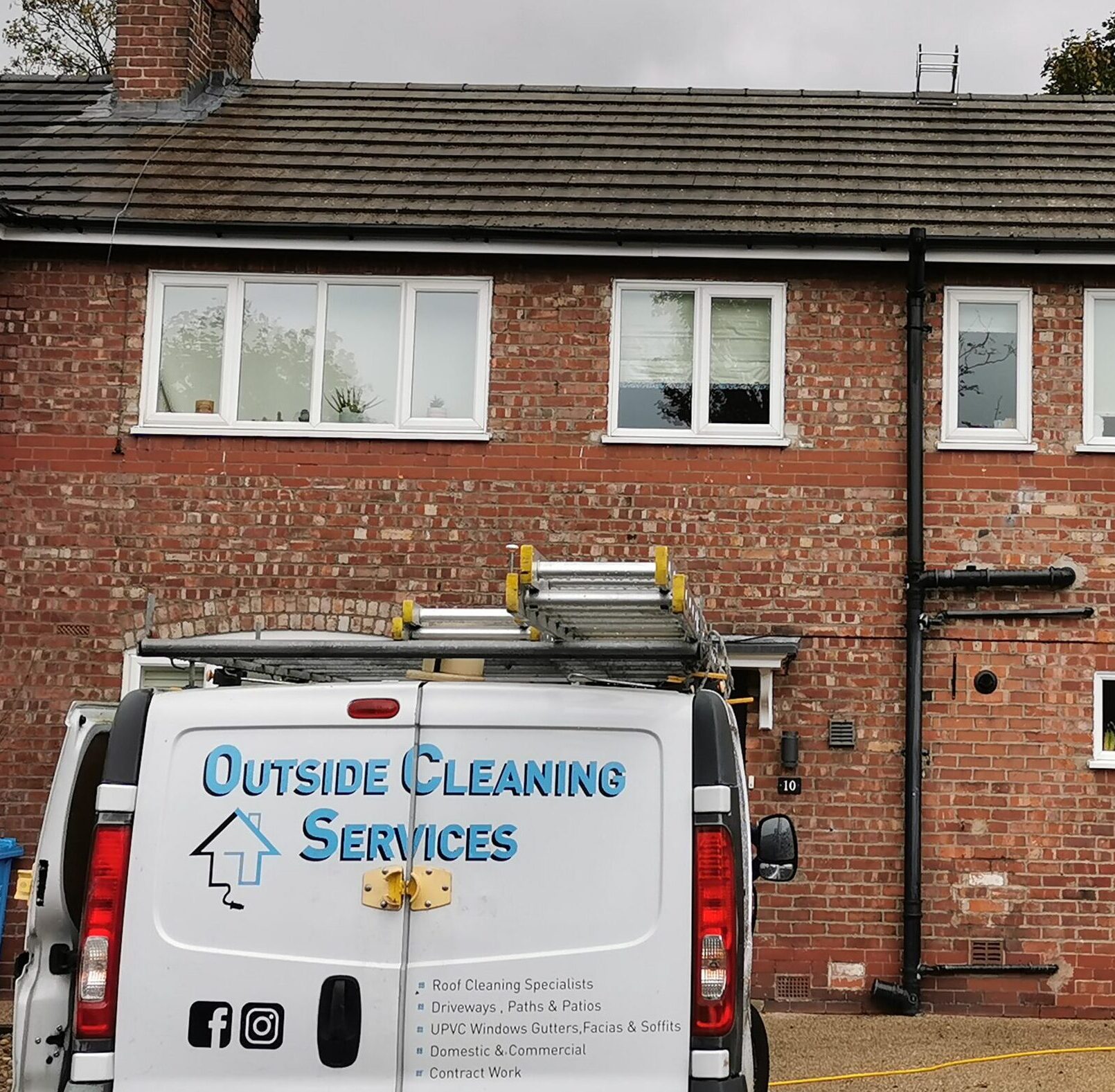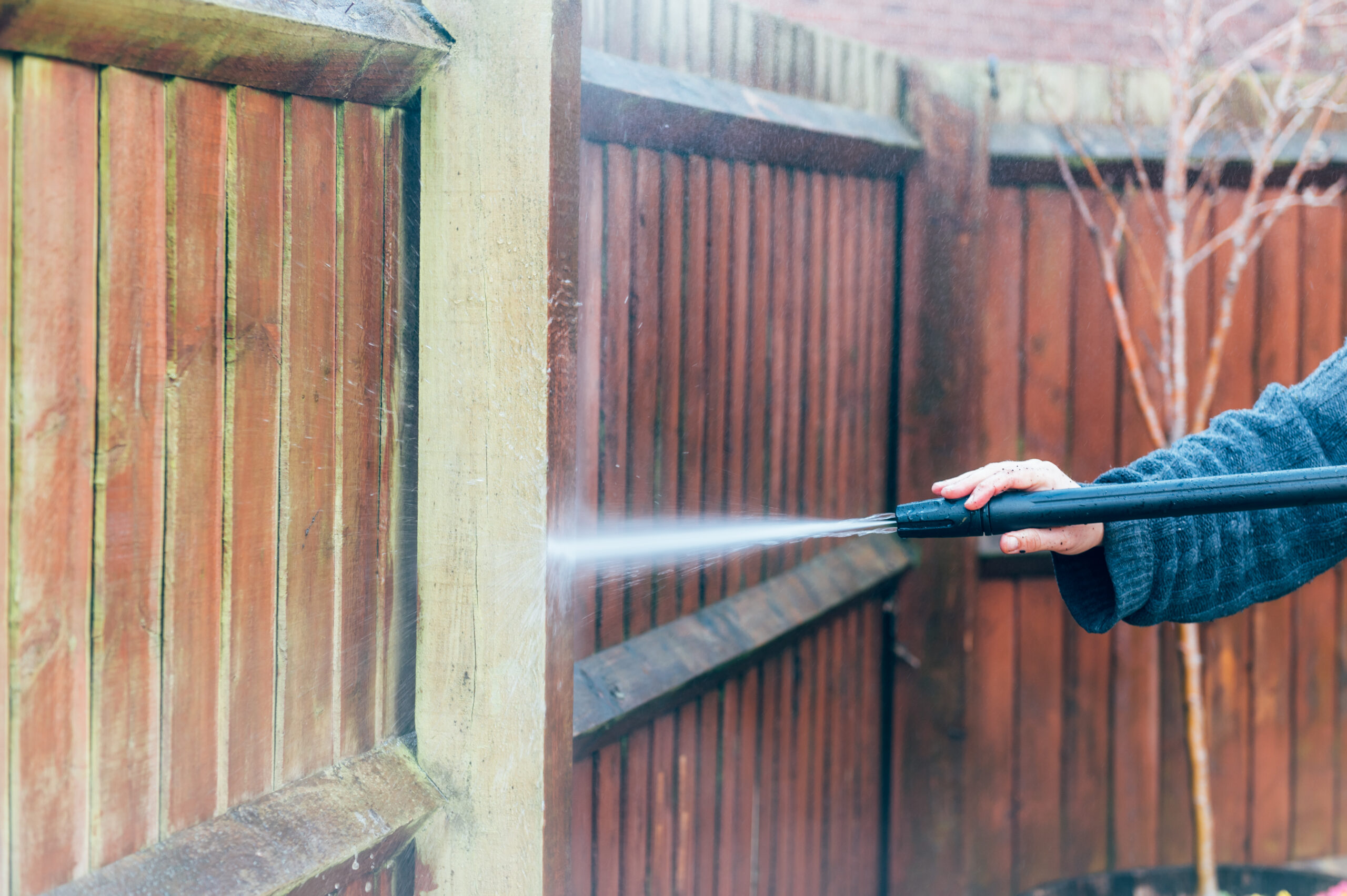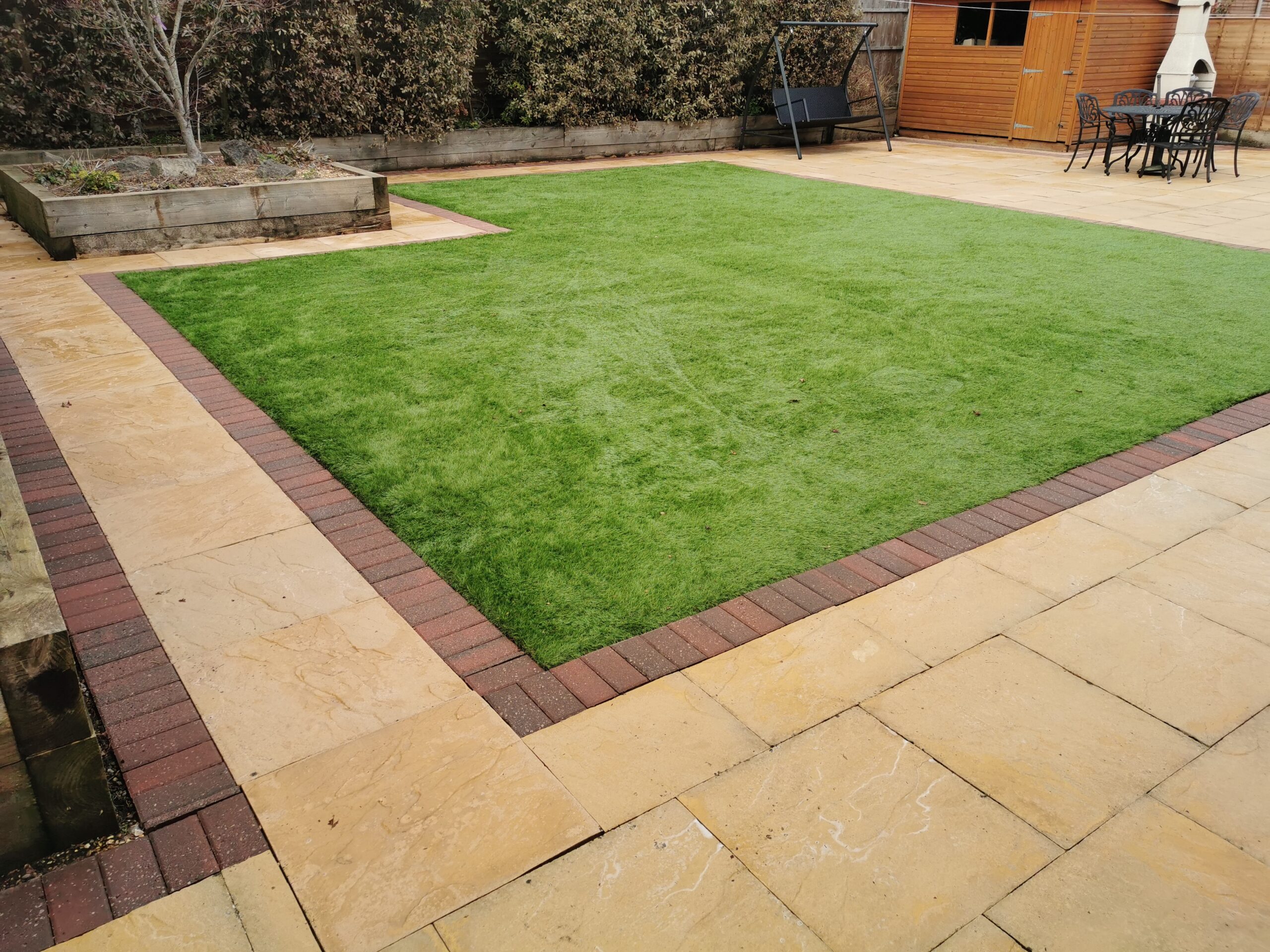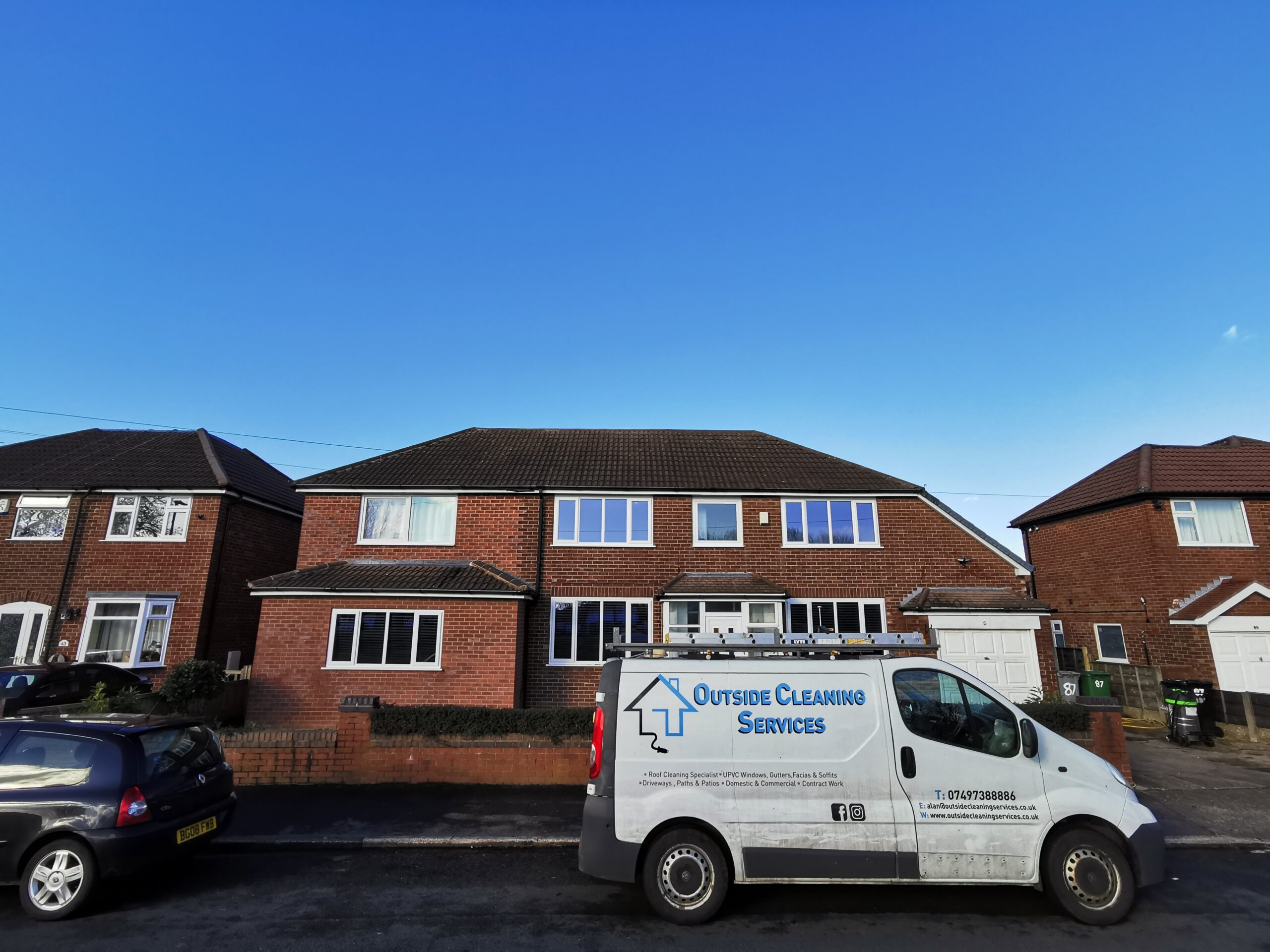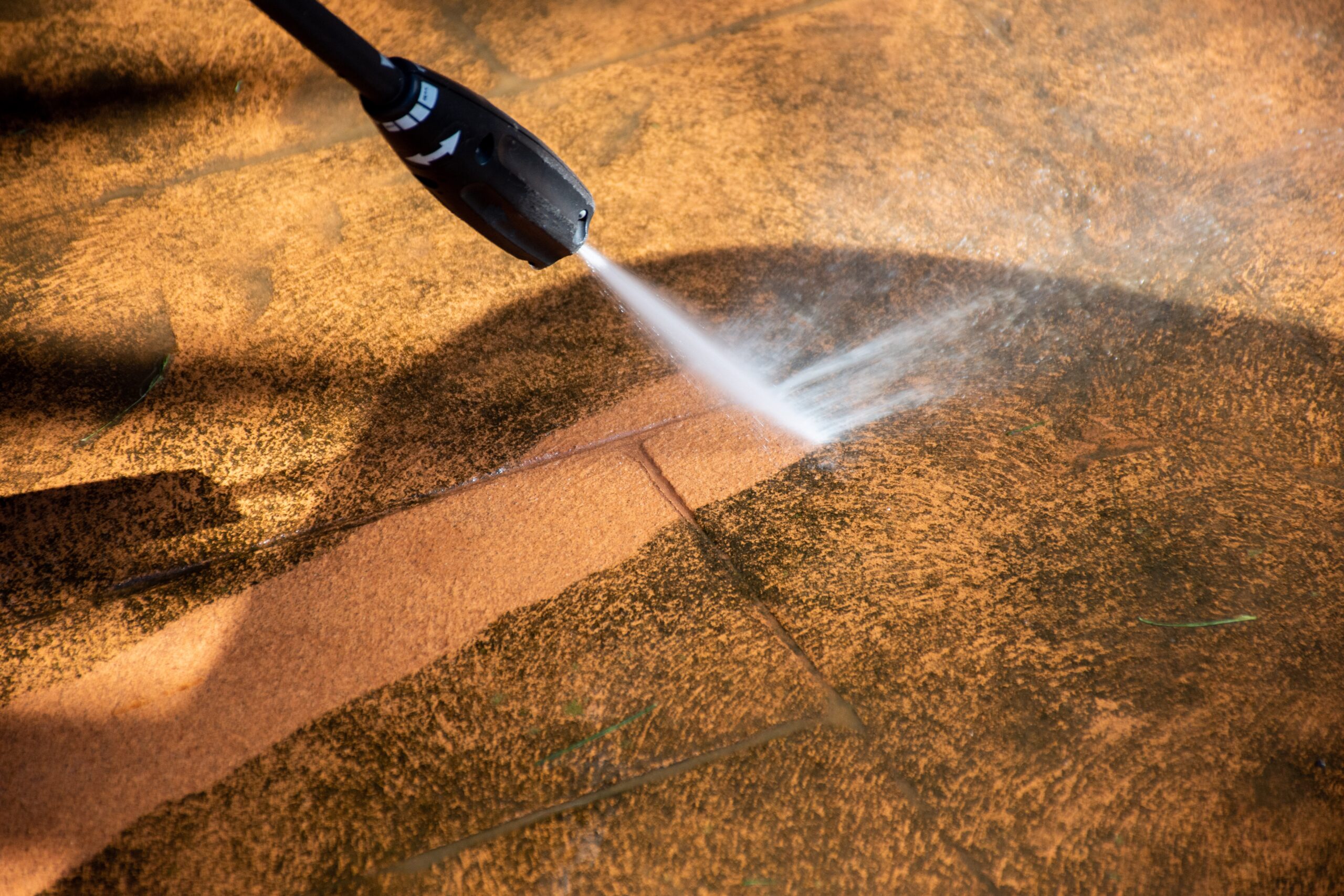What Are the Most Common Causes of Contamination on Building Facades?
Contamination of building facades can impact susceptible to various forms of their appearance, structural integrity, and overall lifespan. Understanding the common causes of contamination on building facades is crucial for architects, builders, and property owners to effectively address and mitigate these issues. This article will explore the most prevalent factors that contribute to facade contamination, providing valuable insights for those involved in the construction and maintenance of buildings.
Environmental Factors
Acid Rain and Atmospheric Pollution
One of the leading causes of facade contamination is acid rain, which is formed when atmospheric pollutants, such as sulfur dioxide and nitrogen oxides, react with water vapor in the atmosphere. Acid rain can corrode building materials over time, leaving unsightly stains and damaging the facade’s protective layers. It is particularly problematic in urban areas with high levels of industrial activity and traffic emissions.
Dust and Particulate Matter
Dust and particulate matter are pervasive contaminants that settle on building facades. These particles come from various sources, including vehicle exhaust, industrial emissions, and construction activities. Over time, the accumulation of dust can give the facade a dirty and aged appearance. Additionally, certain types of particulate matter may contain harmful substances that can pose health risks.
Biological Growth
Building facades, especially those in humid environments, are prone to biological growth such as moss, algae, lichens, and fungi. These organisms thrive in moist conditions and can quickly spread across the facade’s surface, leading to discoloration, staining, and even structural damage. Controlling and preventing biological growth is essential to maintain the aesthetic appeal and structural integrity of the building.
Human Activities
Graffiti and Vandalism
Graffiti and vandalism are common forms of intentional contamination that affect building facades in urban areas. Vandals often use spray paint, markers, or etching tools to leave unwanted marks on the facade, defacing the building’s appearance. Prompt removal of graffiti is crucial to prevent further damage and maintain the building’s visual appeal.
Improper Waste Disposal
Improper waste disposal near buildings can contribute to facade contamination. Dumping of garbage, construction debris, or hazardous materials in close proximity to a building can lead to stains, foul odors, and attract pests. It is essential to promote responsible waste management practices to minimize the impact on building facades.
Neglect and Lack of Maintenance
Neglect and inadequate maintenance of building facades can result in contamination over time. Failure to address minor issues, such as cracks, leaks, or deteriorating sealants, can allow water infiltration and the accumulation of dirt and debris. Regular inspections and proactive maintenance are vital to preserving the facade’s appearance and preventing extensive damage.
Facade Material Degradation
Weathering and Aging
Exposure to the elements, such as sunlight, rain, wind, and temperature fluctuations, can cause gradual deterioration of facade materials. Weathering and aging can lead to fading, cracking, peeling, or chalking of paint, as well as degradation of other materials like metal, stone, or wood. Choosing durable and weather-resistant materials and applying protective coatings can help mitigate the effects of weathering.
Chemical Reactions
Certain chemicals present in the environment can react with facade materials, causing contamination and degradation. For example, when sulfur dioxide from industrial emissions combines with moisture in the air, it forms sulfuric acid, which can corrode metal and stone surfaces. Understanding the chemical properties of materials and their susceptibility to reactions is crucial in preventing contamination.
Frequently Asked Questions (FAQs)
Q: How can acid rain be prevented from damaging building facades?
Acid rain prevention requires reducing emissions of sulfur dioxide and nitrogen oxides from industrial sources and vehicles. Implementing stricter air pollution controls and utilizing alternative energy sources can help minimize the formation of acid rain.
Q: Can biological growth on building facades be harmful to human health?
Yes, certain types of biological growth can pose health risks. For example, mold and fungi can release spores that may trigger respiratory problems or allergies. It is essential to promptly address and remove biological growth to maintain a healthy environment.
Q: Are there eco-friendly methods to remove graffiti from building facades?
Yes, several eco-friendly graffiti removal methods are available. These include using biodegradable solvents, high-pressure water washing, or employing specialized cleaning techniques that minimize the use of harsh chemicals.
Q: How often should building facades undergo maintenance inspections?
Regular maintenance inspections should be conducted at least once a year. However, the frequency may vary depending on factors such as climate, building materials, and the surrounding environment. It is recommended to consult with professionals to determine the appropriate maintenance schedule.
Q: Can contaminated building facades be restored?
In many cases, contaminated building facades can be restored. Various cleaning and restoration techniques, such as pressure washing, chemical treatments, or sandblasting, can effectively remove stains, pollutants, and biological growth. However, the extent of restoration will depend on the severity of contamination and the condition of the facade materials.
Q: What are some preventive measures to minimize facade contamination?
To minimize facade contamination, it is advisable to implement preventive measures such as regular cleaning, applying protective coatings, installing effective drainage systems, promoting responsible waste management, and addressing maintenance issues promptly. These measures can significantly extend the lifespan and visual appeal of building facades.
Conclusion
Contamination on building facades can result from a combination of environmental factors, human activities, and material degradation. Acid rain, atmospheric pollution, dust, biological growth, graffiti, improper waste disposal, neglect, weathering, and chemical reactions are among the common causes. By understanding these factors and taking proactive measures, such as regular maintenance, responsible waste management, and selecting appropriate materials, architects, builders, and property owners can preserve the integrity and aesthetics of building facades for years to come.
High-quality cleaning services in Altrincham, Lymm, Leigh, Macclesfield, Manchester, Stockport, Warrington
Our cleaning specialists not only provide our customers with exceptional service, but our rates are also competitive. Maintaining great customer service is at the heart of everything we do and making sure our customers are happy with the cleaning service we provide them is paramount to our success as a company.
Our customers are regularly amazed to see the cleaning results we have achieved for them and as a result, we get a lot of repeat business year after year for further exterior cleaning.
If you are looking for one of the best cleaners in Altrincham, , Lymm, Leigh, Macclesfield, Manchester, Stockport, Warrington look no further. We are the company to call.

